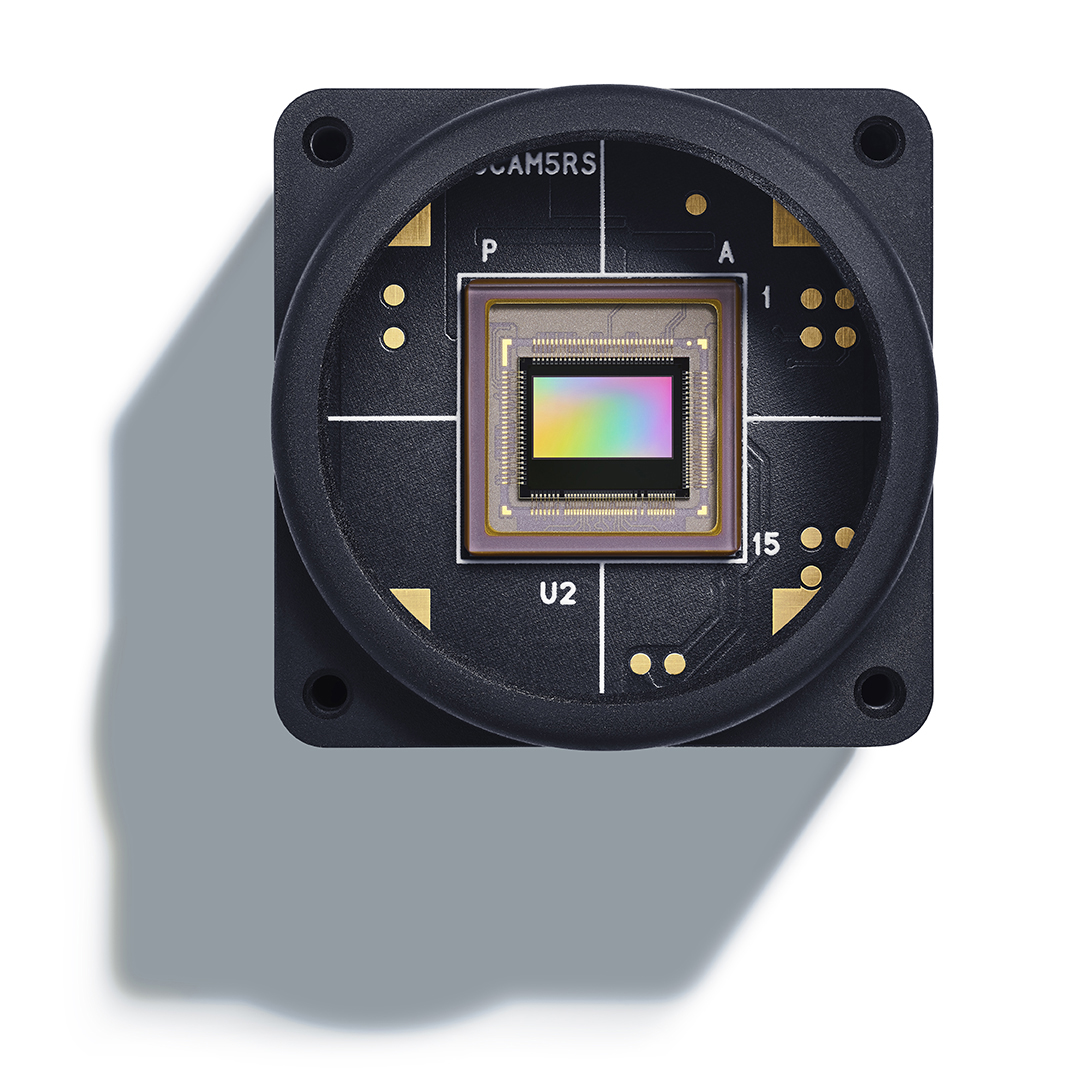OBSERVATIONS OF NATURALLY OCCURRING LIGHTNING WITH EVENT-BASED VISION SENSORS
WESTERN SYDNEY UNIVERSITY
Imogen Jones, Julia Zoe Hallgren, Nicholas Owen Ralph, Alexandre Marcireau, and Gregory Cohen
ABSTRACT
Lightning is an impressive, widespread natural phenomenon, yet many questions about its physics remain unanswered due to its extreme speed, transience, and high energy. These intrinsic characteristics make optical observations capturing its formation, propagation, and discharge challenging with conventional optical cameras. Furthermore, optical sensors with extremely high speed frame rates and high dynamic ranges are needed. While high speed cameras have been used to capture lightning, their lack of portability, high cost and high data storage requirements can limit lightning research. To address these challenges, the use of neuromorphic technologies, inspired by the sensing and data processing mechanisms of biological photoreceptors, offers a unique approach. Event-based vision sensors offer low latency, less power than a conventional camera, and have sensing capabilities that operate across a dynamic range of over 120dB. This paper demonstrates the effectiveness of Event-Based Vision Sensor in lightning research by presenting data collected during a full lightning storm and provides examples of how event-based data can be used to interpret various lightning features. We used a Prophesee Gen4 Event-Based Vision Sensor to record a thunderstorm over a fifty-minute span on 24 January 2023, from Western Sydney, New South Wales, Australia. During this observation, we recorded numerous Cloud-to-Ground and Cloud-to-Cloud lightning strikes. To assess the EventBased Vision Sensor’s effectiveness in capturing commonly observed lightning features, we used custom algorithms and in-house post-processing software was used to analyze and interpret the data. We conclude that the Event-Based Vision Sensor has the potential to improve high-speed imagery due to its lower cost, data output, and ease of deployment, ultimately establishing it as an excellent complementary tool for lightning observation.




